Developing separate iOS and Android apps is expensive. This is resolved via cross-platform development, which saves time and money by enabling you to create code only once and have it run across devices.
We have selected the best multi platform mobile development for 2025. Here are some tips for choosing the best one for your needs, whether you’re creating a prototype, business software, or a game.
The Best Multi Platform Mobile Development Tools
Building cross-platform apps is easier than ever in 2025, here are the top tools to help you get the job done.
Flutter
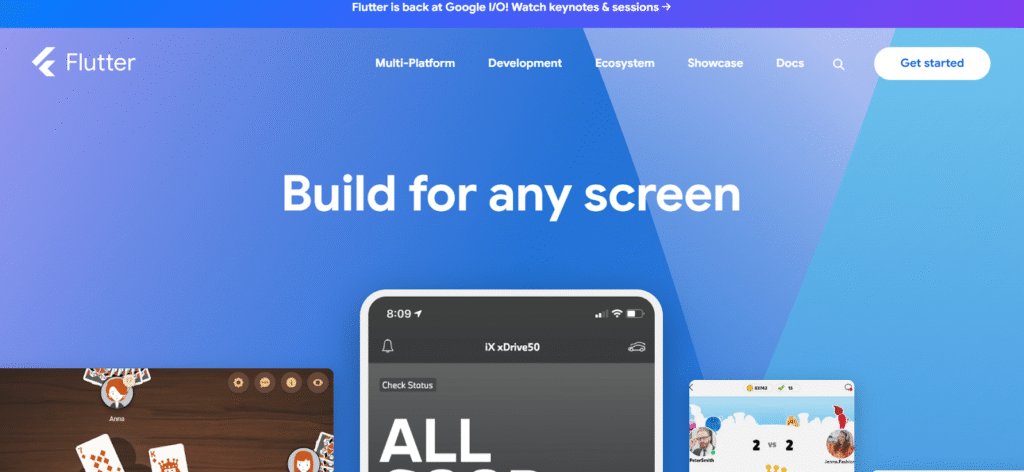
With Google’s support, Flutter is still the preferred method as a mobile development multi platform with a single Dart codebase. Developers may see changes instantaneously because to its hot reload functionality, which speeds up the development process.
The advantages of Futter include
- Hot reload and lightning-fast development,
- Custom UI and native-like performance,
- A sizable and vibrant community.
However, it shares insufficient libraries in contrast to native SDKs. Additionally, on certain systems, larger app sizes. So it’s up to you to decide.
React Native
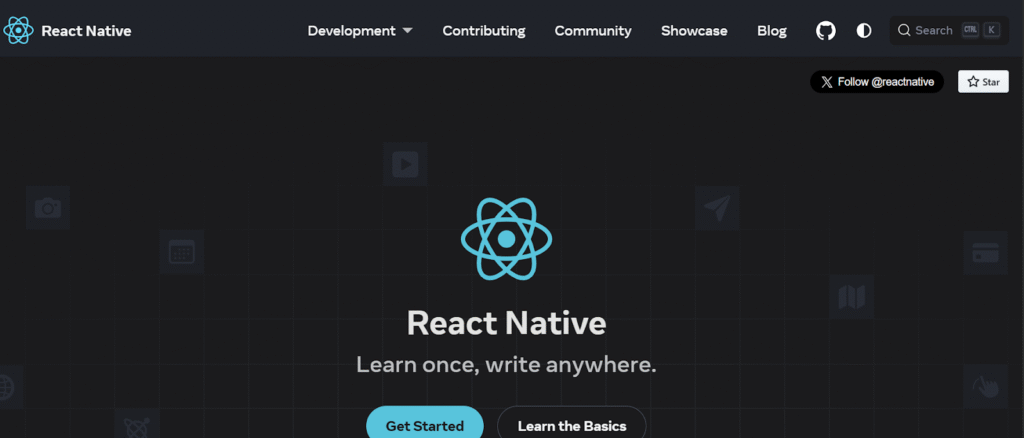
React Native, created by Meta, creates cross-platform apps with a native feel by combining React with JavaScript. Web developers venturing into the mobile area appreciate it.
The advantages of React Native encompass the following:
- JavaScript-based and familiar with React,
- A thriving ecology of plugins,
- Updates in real time through quick refresh.
The drawbacks may differ. It may operate poorly in apps with a lot of graphics. Or some native functionality is dependent on third-party modules.
Xamarin
Xamarin is a C# and .NET multi platform mobile development platform owned by Microsoft that is ideal for developers working within the Microsoft environment. It makes complete native API access and shared code possible.
Xamarin’s advantages include:
- Close connection to Microsoft tools,
- Platform-specific API accessibility,
- Stable and mature.
The drawbacks are not numerous but still make a difference, like the size of the app can be large, or it’s not the best option for organizations that are not familiar with .NET.
Apache Cordova
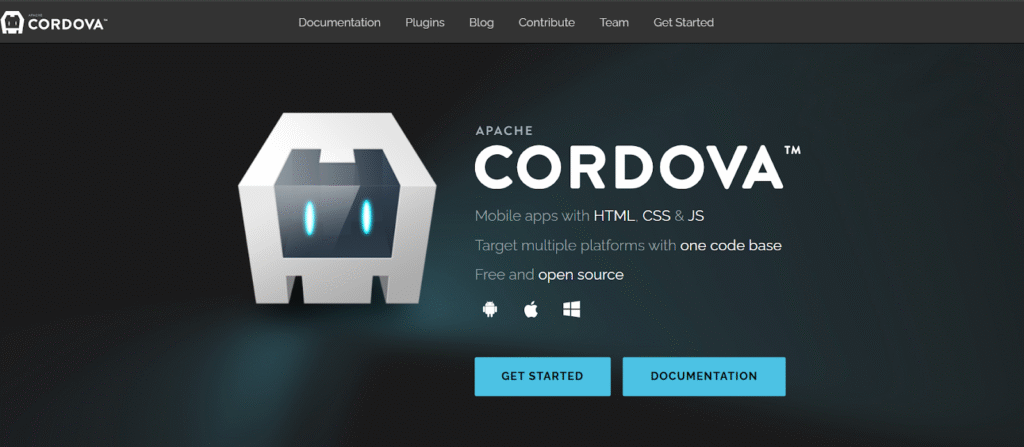
With Cordova (previously PhoneGap), you can create mobile apps with HTML, CSS, and JavaScript — standard web technologies. Excellent as a multi platform mobile app development tools for mobile web app porting.
We can name the following advantages of Apache Cordova:
- Simple learning curve,
- Perfect for short MVPs,
- Excellent for content-driven applications.
The drawbacks, in turn, are the following:
- Poor graphics performance
- Plugins are necessary for native functionality.
Ionic
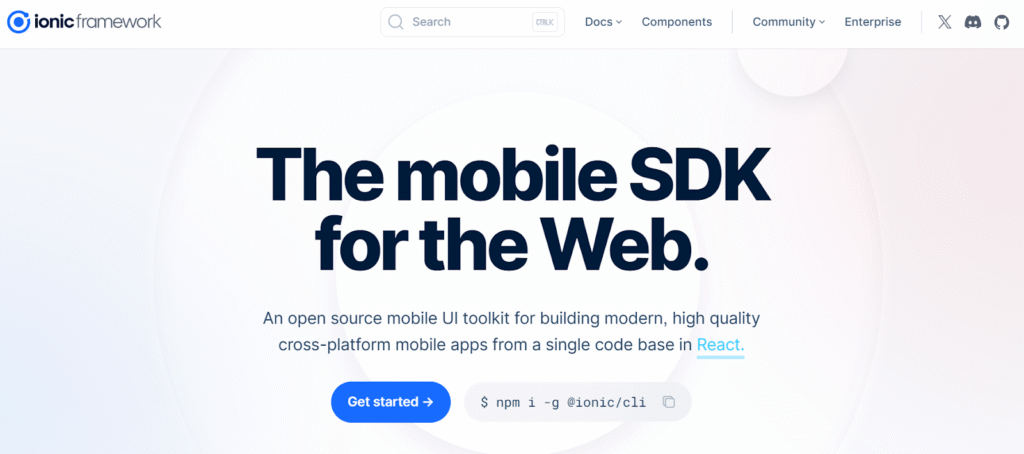
Ionic offers pre-built user interface components for quick hybrid app development and leverages web technologies (Angular, React, or Vue). It’s perfect for UX-focused responsive apps. The Advantages are as follows:
- Large library of UI components,
- Documents and strong developer support,
- readily integrates with current web frameworks.
However, the drawbacks include that performance issues may arise with demanding applications and depend on plugins to get more thorough native integration.
Unity
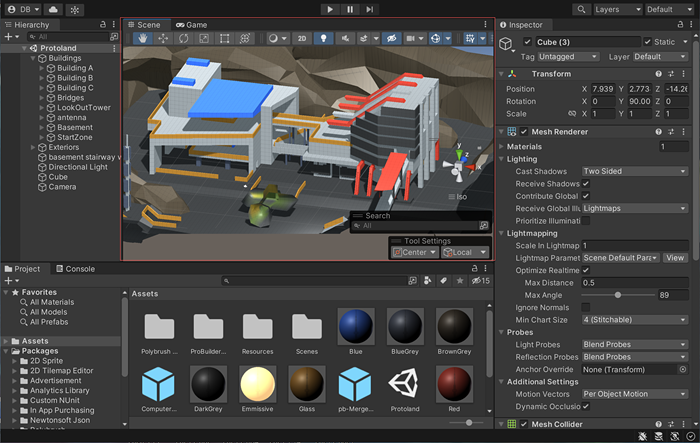
The industry standard multi platform mobile game development platform for creating mobile games is Unity. It has built-in support for AR and VR and is strong for 2D/3D games. Its advantages are the following:
- The greatest option for simulations and games,
- Big asset store,
- Support for multiple platforms, including AR and VR.
Despite these unique benefits, there are also some drawbacks, including overkill for commonplace applications and a steep learning curve for people who don’t make video games.
NativeScript
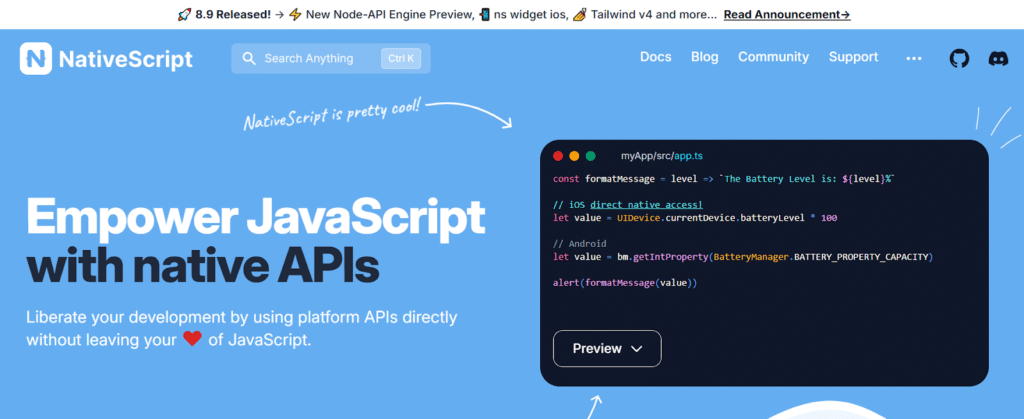
Using Angular, TypeScript, or JavaScript, NativeScript enables you to create genuinely native applications. Without using WebViews, it provides complete access to native APIs. The advantages of this excellent example of mobile multi platform development tools are:
- Complete native access,
- Supports Vue and Angular,
- Excellent performance for intricate applications.
While the potential drawbacks are less significant: a smaller community and a more challenging for novices learning curve.
Our Top Pick for 2025: Flutter
Flutter is what Redwerk suggests for the majority of cross-platform projects. It offers the optimal ratio of speed, versatility, and performance. We used it to create the Web3 messenger Tingl, and it performed and looked great. It is the most future-proof choice because of its native compilation, widget-rich library, and Google support.
A Brief Summary: What to Pick
Flutter is the greatest all-around option for creating stunning, effective programs.
React Native is ideal for teams that use a lot of JavaScript.
The best tool for.NET/C# developers is Xamarin.
Cordova: An easy method to use web capabilities on mobile devices
Ionic: web frameworks for UI-focused hybrid applications
Unity is the best for AR/VR and mobile games.
If you require complete native API access, NativeScript is excellent.
Final Thought
The objectives of your project, team experience, and performance needs will all play a role in selecting the best multi-platform development tool. There is a framework designed to fit your idea, whether you’re creating a mobile game, a data-driven enterprise solution, or a visually stunning consumer app.
In 2025, Flutter is notable for its robust community, quick development cycle, and native performance. However, depending on your tech stack and use case, React Native, Xamarin, Ionic, Unity, Cordova, and NativeScript each have unique benefits.
A multi platform mobile development framework is now a deliberate decision to produce high-quality programs more quickly and with fewer resources, not a workaround. To begin building smarter, not harder, choose the tool that best fits your plan.